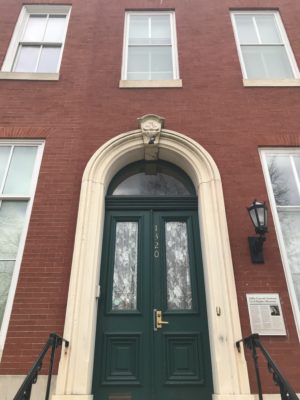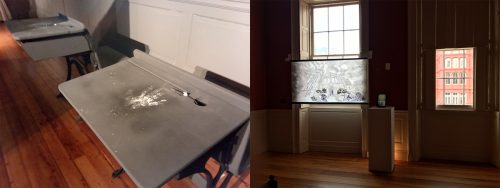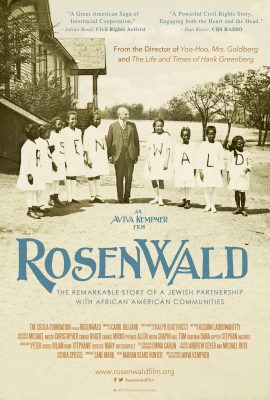African American History in Baltimore (and Beyond)

Blog post by Program Assistant Laura Grant. To read more posts from Laura, click here.
February marks Black History Month, an annual commemoration of the achievements of African Americans. This February, I spent some time learning more about the history of African Americans in Baltimore and beyond.
My first stop was the Lillie Carroll Jackson Civil Rights Museum. Lillie Carroll Jackson was president of the Baltimore chapter of the NAACP from 1935 until 1970. Under her leadership, membership drastically expanded as she led efforts to fight discrimination and racial segregation in the city. Dr. Jackson’s home, which was a center for civil rights organization in Baltimore, was turned into a museum to honor her life. Much of Dr. Jackson’s original furniture is on display inside the museum and galleries present information about her life, her family, and her allies.

Next, I visited the Peale Center for Baltimore History and Architecture to see the exhibit Renovations: A Story of Edifice and Ecclesiastical Influences on 19th-Century African American Education. The exhibit takes inspiration from the Peale Center’s location as the site of the Male and Female Colored School Number 1, one of the first grammar schools in Baltimore’s Colored school system. It explores the Black Experience of education in Baltimore throughout history. There were a lot of opportunities for visitors to participate in the exhibit. In one room, I touched heated desks, which emphasized the fact that even today many schools in Baltimore City lack proper HVAC. I also viewed several pieces through a phone that was equipped with augmented reality (AR) technology. This was a unique and artistic way to learn about the history of African American education in Baltimore.

Right: Ink drawing of Bethel AME Church
While not a museum or historic site, Not in My Neighborhood: How Bigotry Shaped a Great American City, has been an enlightening book to read this month. Written by former Baltimore Sun reporter Antero Pietila, the book explores the long-lasting and pernicious existence of residential segregation in Baltimore. Pietila charts the ways in which laws, federal organizations, city officials, real estate professionals, and others promoted and upheld a housing system designed to discriminate against African Americans.
Lastly, while it is not set in Baltimore, I would be remiss not to mention the screening of the film Rosenwald held at JMM earlier this month. This film tells the story of the partnership between Chicago philanthropist and President of Sears, Julius Rosenwald and educator Booker T. Washington and their efforts to build schools in African American communities during the Jim Crow Era. One of my favorite aspects of the film was the interviews with people who were affected by Rosenwald’s generosity. John Lewis, Maya Angelou, Julian Bond, and others speak about the impact of Rosenwald, who enabled them to attend school, on their lives.

While I did not visit this month, I’d also recommend exploring the Reginald F. Lewis Museum, which covers hundreds of years of African American history in Maryland. Baltimore is rich in sites that explore African American History, and it would take longer than a month to experience them all. I’m looking forward to visiting more places like the Frederick Douglass-Isaac Maritime Park Museum and the National Great Blacks in Wax Museum in the months to come.
